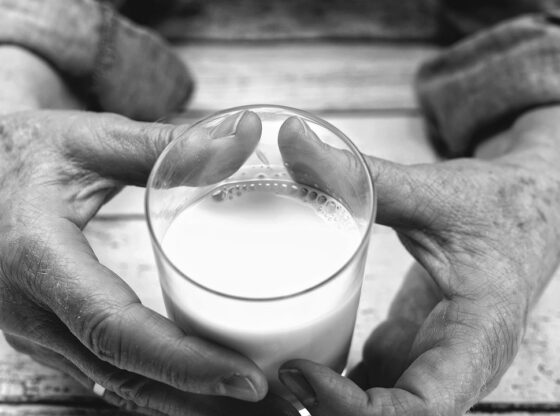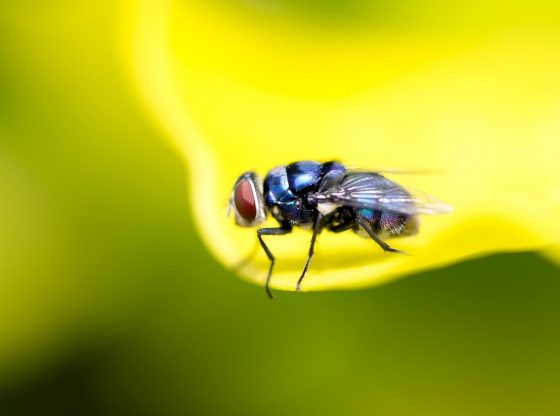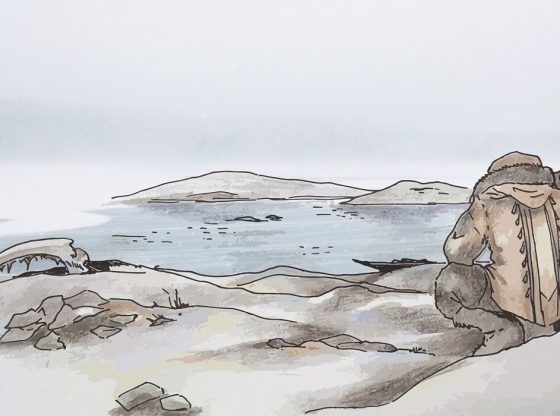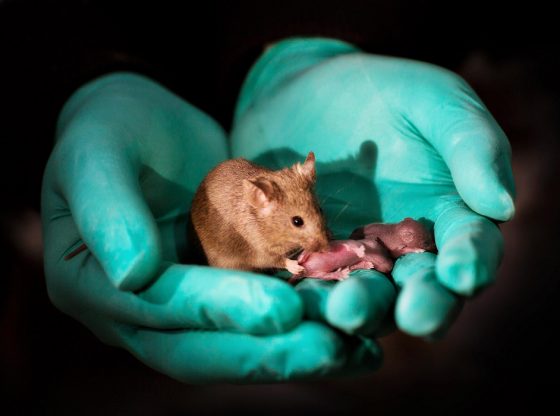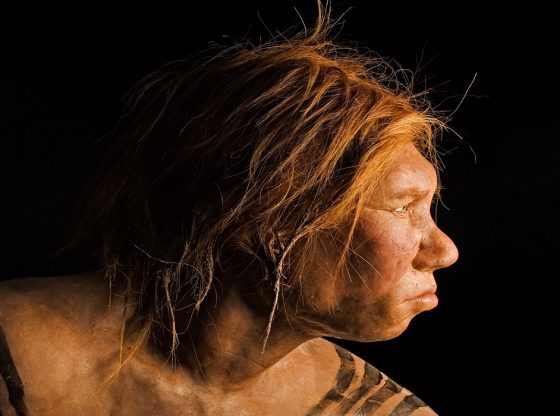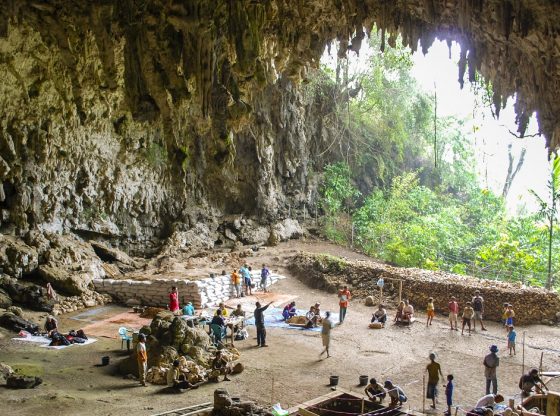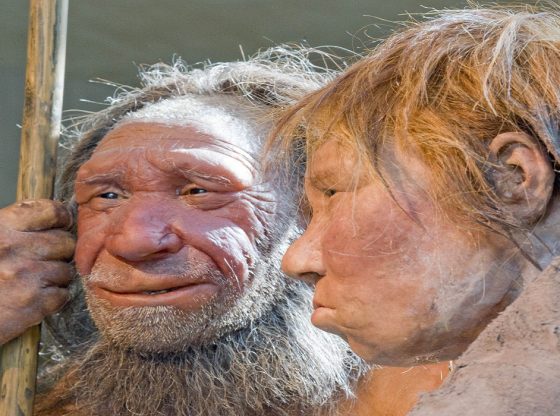An unusually big spleen is one of the secrets behind the Bajau people’s extraordinary ability to dive deep and for long durations.
The Bajau people, living in Southeast Asia, are known to be able to dive to depths of up to 70 meters and for several minutes without any additional aids, other than stones used as sinks.
Now, researchers have investigated whether there are any unique possibly genetic traits that enable this person to have this extraordinary ability.
The study, published in the magazine Cell, involved just over 40 people from the Bajau people and almost as many from other peoples in neighboring areas of Indonesia.
The study shows that members of the Bajau people have unusually large spleens. This organ can act as a red blood cell storage site which, in turn, transports oxygen to the body’s cells.
The researchers from the University of Utah in Salt Lake City used a portable ultrasound machine to measure the organ in 59 Bajau and 34 people from a nearby farming community. The Bajau’s spleens were 50% larger than those of their land-based neighbors on average.
In addition, the researchers found some genetic changes that may indicate an adaptation to a life below the surface.
The Bajau had 25 genes that differed from both the farmers and a large earlier study of Han Chinese. That makes the genes likely candidates for the evolutionary process known as natural selection. One such gene, PDE10A, has been shown to affect thyroid activity in mice, which in turn affects spleen size.
The Bajau people have lived as seafarers and directly adjacent to the sea for at least a thousand years, according to the researchers behind the study. They live on houseboats in the waters around Malaysia, the Philippines, and Indonesia. Most drivers spend more than 60% of their 8-hour work days underwater, spearing fish, hunting sea cucumbers, and gathering black coral to fashion into jewelry.
Another recent study showed that some genes help Tibetans, Ethiopians, and South Americans adapt to chronic oxygen deprivation at high altitude. Possibly derived from a group of extinct humans called Denisovans.
Reference:
Ilardo et al. “Physiological and Genetic Adaptations to Diving in Sea Nomads“. Cell, April 2018. Doi: https://doi.org/10.1016/j.cell.2018.03.054



